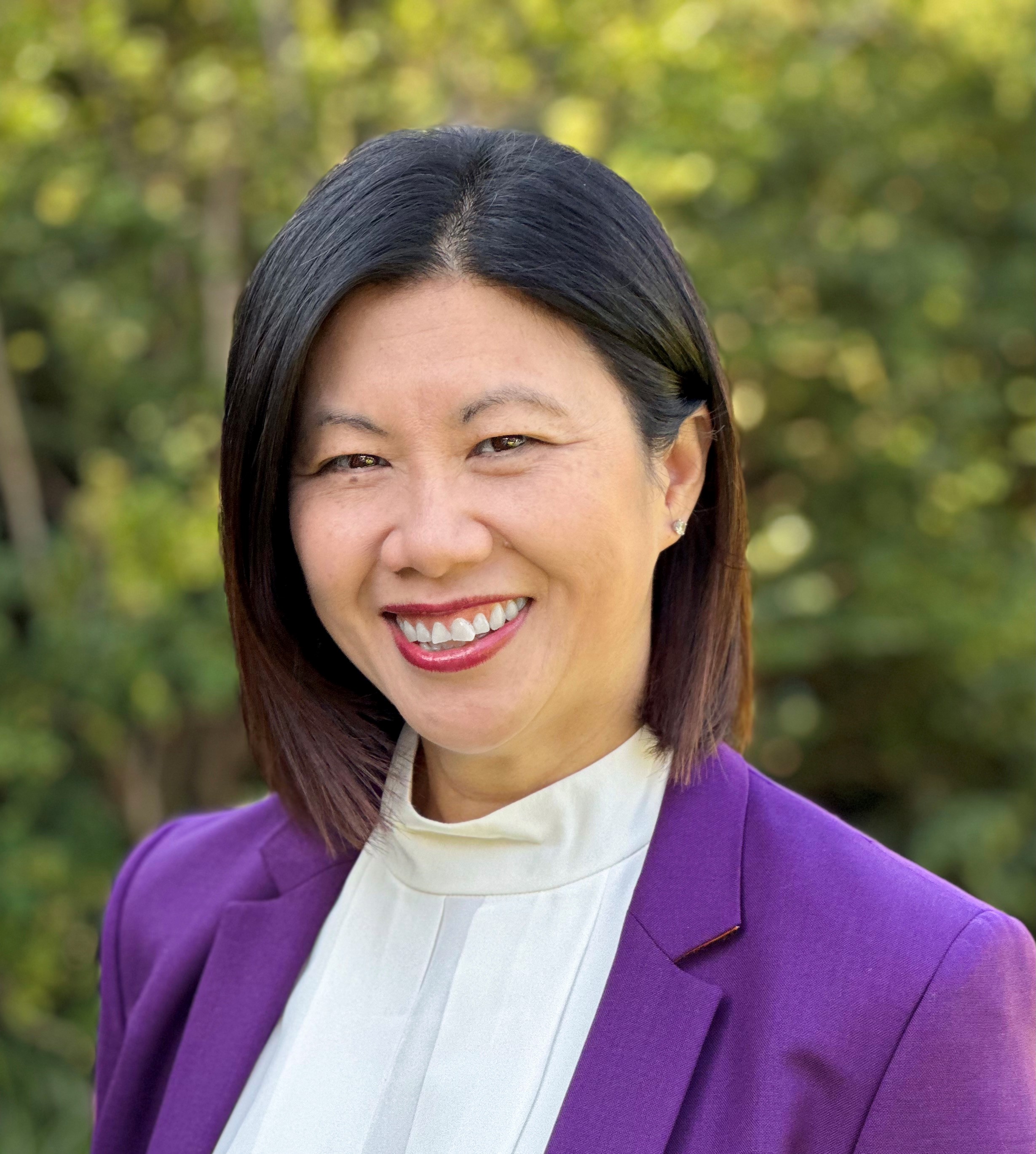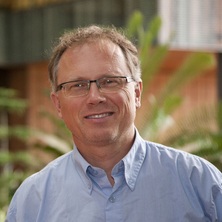New biologic therapies, radiation treatments and growing use of technology all look set to make waves in dermatology in 2024, while the campaign for more training places also looks set to ramp up.
The limbic asked four leading experts for their quick fire takes on what to look out for in the year ahead, with all predicting major changes.
Professor Rodney Sinclair, University of Melbourne and Sinclair Dermatology
What’s something that changed practice in dermatology in 2023?

Professor Rod Sinclair
New treatments for atopic dermatitis. The atopic dermatitis treatments (Dupilumab and upadacitinib) are already PBS listed and changing the lives of thousands of patients. Newer treatments (abrocitinib) are currently under evaluation.
What’s something likely to shape dermatology in 2024?
The first alopecia areata treatment is TGA approved (baricitinib) and ritlecitinib is under evaluation.
Baricitinib is being assessed for the PBS and if approved this will change the lives of thousands of Australians impacted by alopecia areata.
Vitiligo treatments are emerging but still a few years away.
Dr Adriene Lee, Melbourne dermatologist and ACD president
What’s something that changed practice in dermatology in 2023?

Dr Adriene Lee
The return to practice following the lifting of COVID-19 restrictions has seen the profession incorporate a balance of teledermatology and face to face consultations on a permanent basis to deliver the highest quality of patient care and in so doing best meet community needs within the constraints of ongoing workforce shortages.
The increasing availability and improved access to biologic agents for common inflammatory skin disorders, such as psoriasis and atopic dermatitis has continued to improve our management of these conditions, resulting in better outcomes for our patients.
What’s something likely to shape dermatology in 2024?
